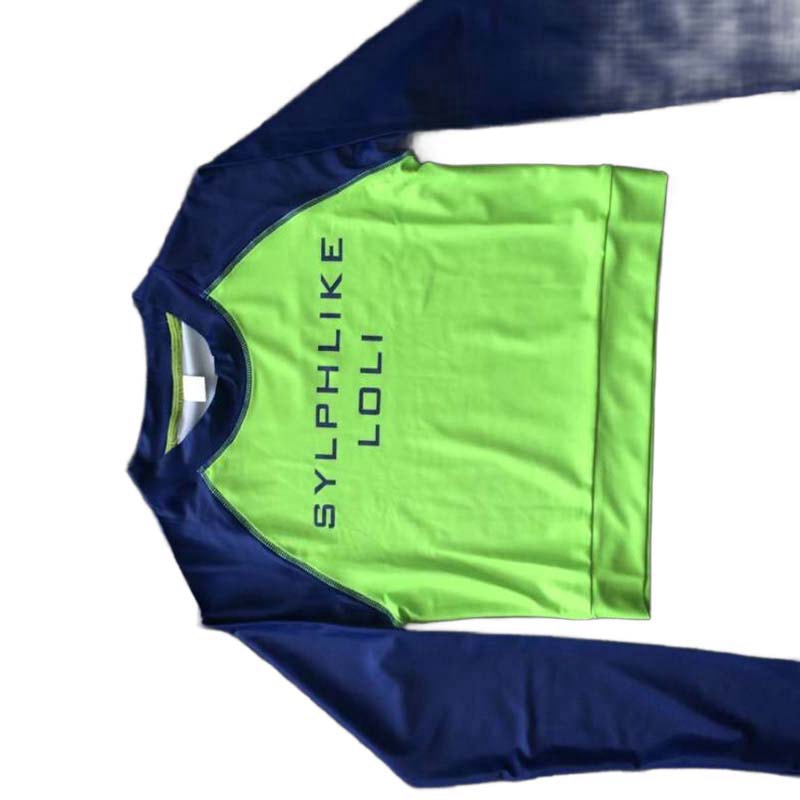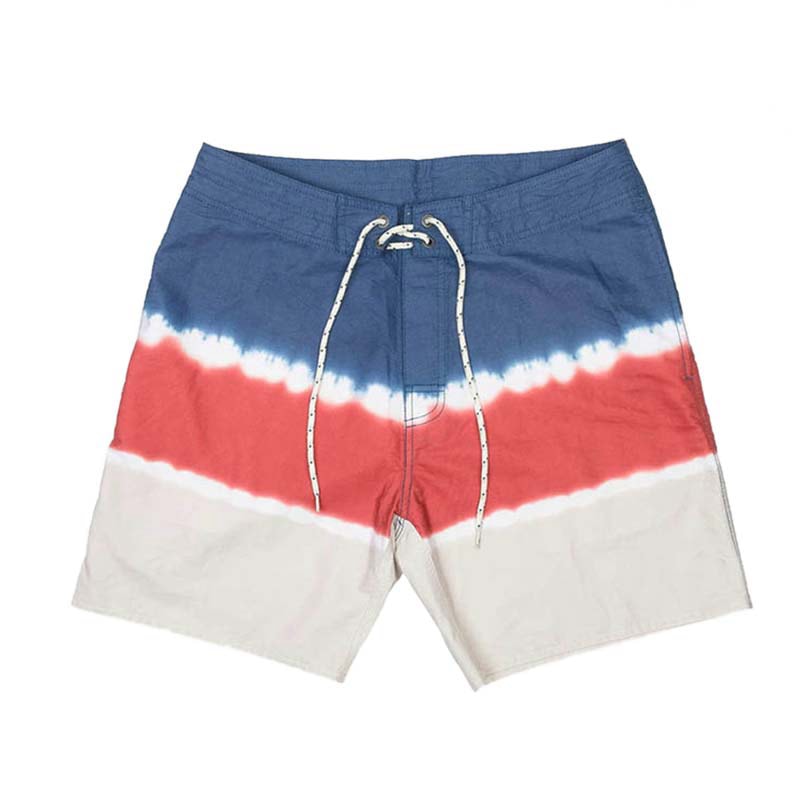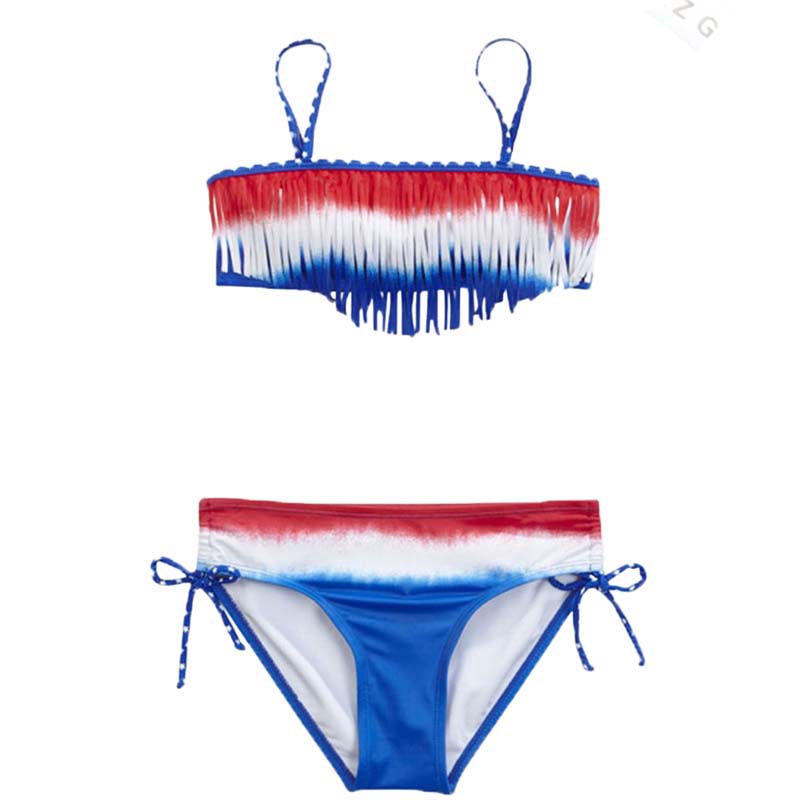When it comes to swimwear, one question always arises: “Do swimsuits stretch?” I¡¯ve found myself in this dilemma countless times, pondering whether my new swimsuit will fit perfectly in and out of the water. Emotions run high, especially when you¡¯ve laid out good money for a stylish suit, only to find it sagging in the pool or feeling too tight. Let’s dive into this topic and uncover everything you need to know about swimsuit stretch.
Do swimsuits get bigger or smaller in water?
Typically, swimsuits can both expand and shrink depending on the material and how they¡¯re treated. According to industry data, materials like neoprene and spandex blends, which constitute about 70% of swimsuits, tend to loosen with use, while some synthetic fabrics may tighten slightly in cold water. It¡¯s crucial to consider the fabric and its reactions to water exposure.
How to check if your bathing suit gets bigger or smaller in water?
Here’s what I do to determine the behavior of my swimsuit:
- Material Tags: Check the label to understand the fabric composition fully. Swimsuits made of nylon or polyester are known to behave differently in water.
- Water Test: Submerge about 10% of the swimsuit in water and observe any immediate changes in size or stretch.
- Wear and Swim: Take the suit for a test swim and notice its behavior during a typical 15-30 minute swim session.
Why do swimsuits sag?
Swimsuits might sag due to the elasticity of the material breaking down over time. The elasticity in most swimwear fabrics, especially Lycra and Spandex, starts to degrade after roughly 10-20 uses. Exposure to chlorine, saltwater, and sun accelerates this process by up to 50%. Poor quality fabrics or improper care can also lead to premature sagging, which is a letdown when your favorite suit starts sagging after just a few swims.
How to fix your swimsuit if it gets bigger in the water?
If you notice your swimsuit getting bigger, I suggest:
- Heat Drying: Carefully use a dryer on low to shrink the fibers back. About 80% of swimsuits can safely tolerate low heat for short periods.
- Elastic Alterations: Adjust or replace the elastic in straps and hems, especially if your swimsuit is made of Spandex or Lycra.
- Sewing Adjustments: Take in the seams to achieve a snugger fit, a common solution for 20-30% of altered swimsuits.
How to Fix if your swimsuit shrinks in water?
For a swimsuit that has shrunk, consider these fixes:
- Gentle Stretching: Gently stretch the damp suit back to size. This works best for nylon-based suits.
- Soak and Stretch: Soak in lukewarm water with a bit of fabric softener, then stretch carefully. This method is effective for about 70% of shrunken suits.
- Professional Alteration: Visit a tailor experienced with swimwear, especially for high-end or intricate designs.
Types of materials used for swimsuits
Nylon
Nylon is lightweight and quick-drying but can lose elasticity over time. It makes up around 40% of the swimwear market. Perfect for casual swims at the resort pool.
Polyester
Polyester is durable and resistant to chlorine, making it ideal for swim schools and pools where durability is key. About 35% of swimsuits are made from polyester blends.
Lycra
Lycra, also known as spandex, offers excellent stretch and comfort, perfect for sports and fitness stores targeting active swimmers. It¡¯s a component in approximately 15% of high-performance swimwear.
Spandex
Spandex is highly elastic and allows for a snug fit, great for influencers and bloggers showcasing the latest swimwear trends. It¡¯s commonly used in 25% of fashion-forward swimwear lines.
How to care for your swimsuit and make it last long?
Caring for your swimsuit involves:
- Rinse After Use: Always rinse your swimsuit with cold water to remove chlorine, salt, and sunscreen. This practice can extend the suit’s life by up to 40%.
- Hand Wash: Use mild soap and avoid washing machines to maintain fabric integrity. Swimsuits subjected to machine wash often lose elasticity 30% faster.
- Air Dry: Lay flat to dry away from direct sunlight to prevent fading and stretching. This method preserves fabric integrity up to 20% longer.
How to Pick the Perfect Swimsuit Size?
Choosing the ideal size involves:
- Measuring Accurately: Use a tape measure to get your bust, waist, and hip measurements. Accurate measurements ensure a much better fit.
- Consulting Size Charts: Compare your measurements with the brand¡¯s size chart. This step alone reduces the risk of poor fit by up to 50%.
- Reading Reviews: Look at customer reviews for insights on fit and sizing. Feedback from others can be invaluable, providing real-life expectations for fit.
How do I know if my swimsuit fits properly?
A properly fitting swimsuit should feel snug but not tight, with no gaping or bulging areas. It should move with you without constant adjustments. Proper fit ensures better performance and comfort.
I’m in between sizes, should I size up or down?
If you¡¯re between sizes, I recommend sizing up. A slightly larger swimsuit can be adjusted, but a too-small one can be uncomfortable and unflattering. Trust me, comfort should always come first.
Swimsuit features that will give you that great fit
Straps that stay in place
Adjustable and wide straps provide better support, preventing slippage, especially during active swimming or poolside lounging. Look for suits with reinforced stitching in the straps for added security.
Fabric that stays put
Look for high-quality elastic fabrics that won¡¯t sag or shift, ensuring your swimsuit stays in place during vigorous activities. Seams should be strong and flat to avoid irritation and movement.
Supportive tops for a large bust
Underwire and molded cups offer additional support, crucial for women with larger busts. It ensures both comfort and style at the beach or pool. Some brands also offer built-in bras for enhanced support.
FAQ
Do swimsuits get looser in water?
Yes, most swimsuits tend to loosen slightly when wet due to the stretching of the fabric fibers. This is especially true for Lycra and Spandex blends.
Is it better to size up or down in swimsuits?
If uncertain, I suggest sizing up to ensure comfort and allow any needed adjustments rather than dealing with a suit that is too tight, potentially causing discomfort.
Do bathing suits loosen over time?
Indeed, frequent wear and exposure to water, sun, and chlorine cause swimsuits to loosen gradually. Paying attention to care can mitigate this effect somewhat.
How to tell if your swimsuit is too small?
Your swimsuit is too small if it cuts into your skin, restricts movement, or creates unflattering bulges. You should feel comfortable and confident in your swimwear.










